I wrote this article in Japanese and translated it into English using ChatGPT. I also used ChatGPT to create the English article title. I did my best to correct any translation mistakes, but please let me know if you find any errors. By the way, I did not use ChatGPT when writing the Japanese article. The entire article was written from scratch by me, Saikawa Goto.
Introduction
Movies and books covered in this article

Three takeaways from this article
- Seabirds is filled with plastic trash of 15% of the body weight of them.
- We must base the SDGs on the right knowledge or they will be counterproductive.
- Plastics have even found their way into our bodies as humans.
Self-introduction article


Published Kindle books(Free on Kindle Unlimited)
“The genius Einstein: An easy-to-understand book about interesting science advances that is not too simple based on his life and discoveries: Theory of Relativity, Cosmology and Quantum Theory”
“Why is “lack of imagination” called “communication skills”?: Japanese-specific”negative” communication”
We are Eating “Plastic”
A Shocking Scene that Leaves Us Speechless

Before introducing the contents, let’s talk about the most shocking scene in this movie.

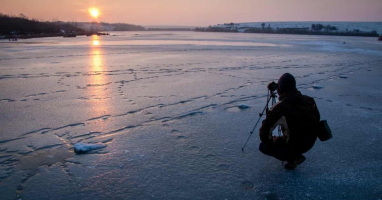
There is a scene in the movie where dead seabirds’ stomachs are cut open. Why do they do this? To check how much “plastic” is inside. Plastic that washes up in the sea ends up inside the stomachs of seabirds in various forms.
What were the results? 276 pieces of plastic were found in the stomach of the seabird shown in the movie. This weighed as much as 15% of the bird’s own body weight. It’s like having 9kg of plastic in the stomach of a human weighing 60kg.
It is a very shocking result.
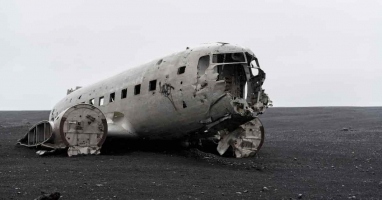
It’s unclear from the film whether the “plastic equivalent to 15% of the body weight” found in the bird is the “largest found to date” or the “average found.” Perhaps it is the former, but even if it is not, it is not an issue that can be ignored.
Of course, if we humans did not exist on the earth, such a problem would not have occurred. In that sense, too, of course, plastic trash is a “problem with human being,” but it is also a “problem with human being” in the sense that humans, like seabirds, have ingested plastic.
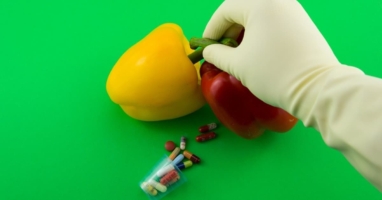
My Stance on SDGs
The awareness towards SDGs is said to be especially high among younger generations, and this movement is seeking to bring about a significant change worldwide. The active generation, who are inevitably burdened with “debt for the future,” tackling environmental issues as their own matter is wonderful and I hope it spreads more.
However, there is one thing that I believe we need to pay attention to. It applies not only to SDGs but to everything: we must act based on correct knowledge and understanding.

For example, there was a movement in Japan long ago to stop using disposable chopsticks to protect the forests. Perhaps such a claim is outdated now.
Certainly, if we think about it with only a vague idea, it seems wasteful to use disposable chopsticks made from wood. However, in reality, this is a misunderstanding. At least, it does not apply to “Japanese” disposable chopsticks.

This is because Japanese disposable chopsticks are made from “thinned wood (and offcuts)”.
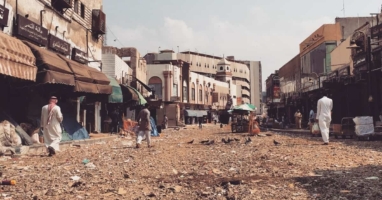
“Thinned wood” refers to trees that are cut down to protect forests. When trees are too densely packed, they don’t get enough sunlight, which leads to the whole forest deteriorating. Therefore, in order to preserve forests for a long time, it is necessary to properly thin out the trees. The trees that are cut down during this process are called “thinned wood,” and the idea of using them to make “disposable chopsticks” emerged.
By using “thinned wood” for disposable chopsticks, the previously discarded “thinned wood” can now be sold. If “thinned wood” can be sold, it means that people can work on thinning out the forest, which helps protect it. On the other hand, By not using “thinned wood” for disposable chopsticks, thinning out the forest becomes a simply cost, and companies without financial resources may stop thinning out the forest to protect it.
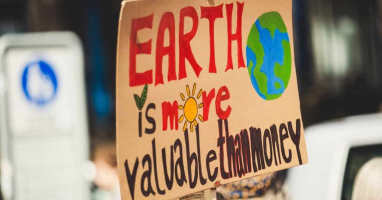
So, the movement to stop using (Japanese) disposable chopsticks for the sake of forests actually ends up accelerating their destruction.
This kind of situation is actually quite common, where something done with good intentions ends up having the opposite effect.

And the same misunderstanding can lead to action on SDGs and environmental issues. Especially since young people are highly interested, the influence of information dissemination via SNS is great, but unfortunately SNS also has many false rumors. Being swayed by such false rumors, there is a possibility of taking actions that can ultimately have negative effects.
That’s why we must act based on “accurate knowledge and understanding”.
In that sense, the existence of “A Plastic Ocean”, which conveys the reality of the world as it is, can be considered very important.
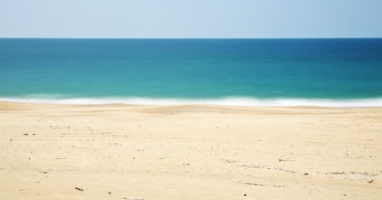
The Director Originally Intended to Film Whales
This movie, as the title suggests, raises an alarm about the impact of plastic trash on the ocean. However, the director, Craig Leeson, did not originally have a sense of awareness about the problem of plastic.
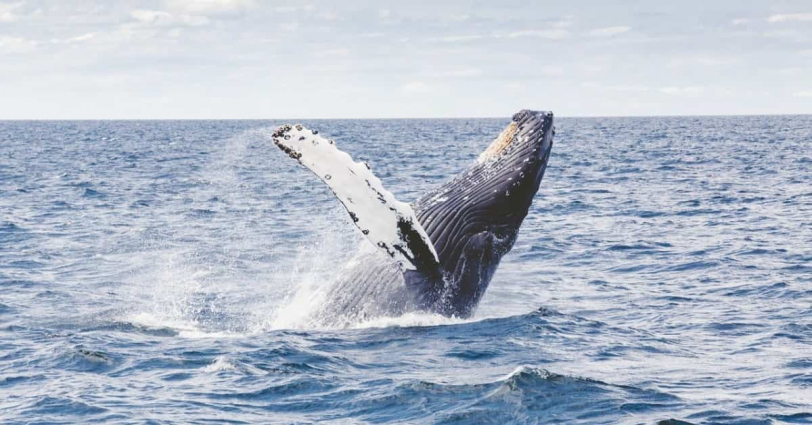

Actually, he just wanted to film whales. Ever since he discovered whales in a picture book at the age of 8, he had been dreaming of filming them and finally got a chance to make that dream come true after 40 years.
However, what he saw through his lens was not whales, but a sea contaminated with plastic. Of course, plastic also has a negative impact on whales. So, he changed the theme to convey the current state of the world’s oceans.
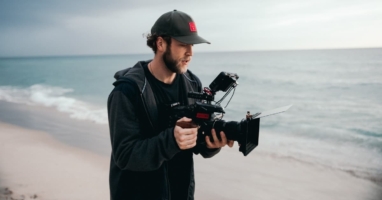
The recycling rate of plastic in the world is only 7%, and most of the plastic produced ends up in landfills. However, plastic doesn’t decompose naturally, which means almost all of the plastic we have ever produced still exists somewhere in the world in its original form.
In addition, an enormous amount of plastic trash is generated each year, with the US alone producing 80 million tons annually. Since the Statue of Liberty is said to weigh 225 tons, it’s the weight of over 350,000 Statue of Liberties. I can’t even imagine. Furthermore, it’s estimated that there are 34.4 million tons of microplastics floating in North American waters.
The ocean is becoming a place full of plastic trash.

Microplastics Entering the Bodies of Living Creatures
The impact of plastic pollution on animals in the ocean is easy to imagine.
Whales feed on plankton and other organisms by swallowing tens of thousands of tons of water. It’s difficult to distinguish between plankton and plastic, and some whales die from consuming large amounts of plastic. The seabirds amazed me, but it was also shocking to see such a large whale die.

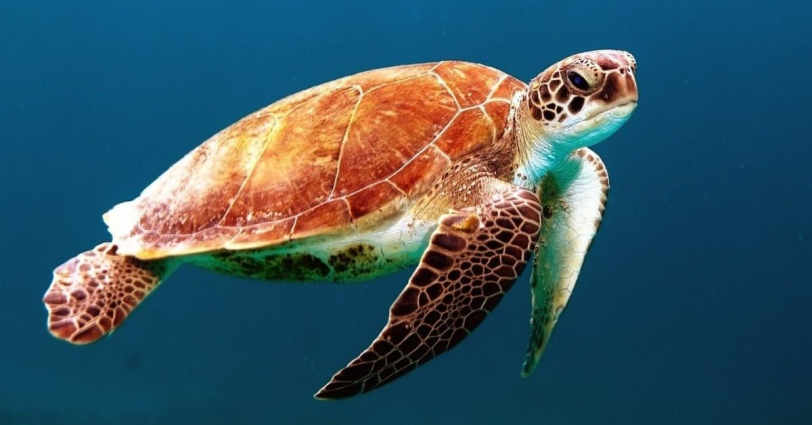
Polyethylene bags are a big enemy for turtles. They mistake them for jellyfish and eat them, which can lead to plastic getting inside their bodies. Turtles with plastic inside them swim abnormally because gas is generated inside their bodies, causing them to float. There are organizations that find and treat these turtles before releasing them back into the sea.
This problem is easy to imagine, but there is another problem that is less noticeable but also relevant to us. That problem is “microplastics.”

Microplastics are small pieces of plastic trash that result from breaking or cracking larger pieces of plastic. While large animals eat intact plastic trash, small animals like fish ingest these microplastics.
In the movie, a shocking investigation was conducted. Fish found in supermarkets in Indonesia and California were examined, and plastic and synthetic fibers were found in about 25% of them. It seems that plastic ingested by fish tends to accumulate in the parts we like to eat.
In other words, it means that we humans are undoubtedly eating microplastics.
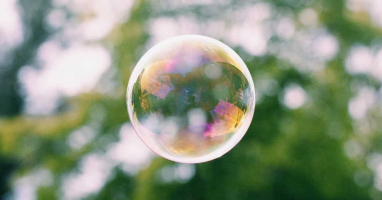
The problem with microplastics is not just that we ingest them.
Microplastics are small pieces of plastic that are created when larger plastic objects are broken down. These tiny pieces have bumps and ridges on their surfaces, and they can attract chemicals from the ocean, making them like “toxic waste” floating in the sea. This means that when we ingest microplastics, we are also ingesting harmful chemicals and toxins.
In the first place, if we adopt the attitude of “I’m not affected, so I don’t care,” it will be difficult to live in the era of SDGs, but it is also true that we are more likely to take action when we are directly affected. We need to recognize that Plastic trash is definitely undermining our health.

What Kind of Measures are being Taken Around the World?
Please watch the film to see what other effects plastic trash has. You would understand how our “convenient life” is polluting the oceans.
The movie also touches on the measures being taken around the world to address plastic trash.
Germany was the first country in the world to pass the “Packaging Act,” a policy that promotes further recycling.

In Germany, machines for collecting plastic waste are installed in various places such as supermarkets, and people can earn money by bringing in plastic trash. The aim is to reduce the amount of plastic trash that is disposed of by properly circulating money and imposing even stronger recycling obligations.
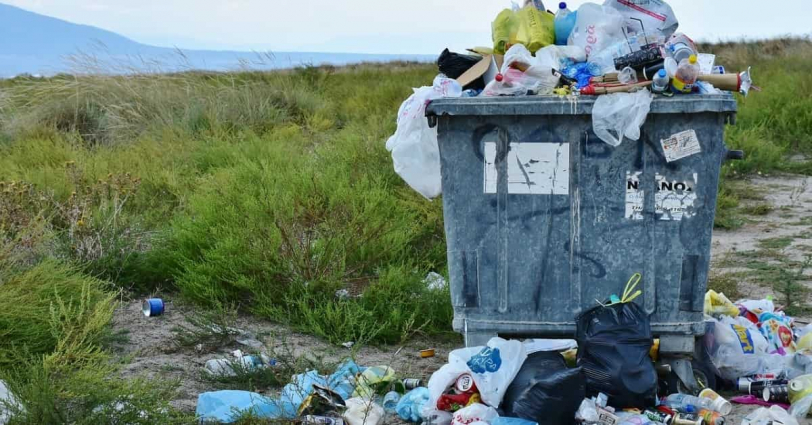
In addition, Rwanda is one of the few countries in the world that has banned the use of plastic bags. Although it is a policy that can be implemented because the country is not originally strong in industry, I felt that it was a bold decision.
The film also features an environmental group that seeks to promote the “Social Plastic” system. This is a movement to spread micro-economies created by recycling plastic, especially in developing countries.

The basic idea is to create “Social Plastic” by recycling plastic and circulate the money by having companies that support this movement use it. People in developing countries can earn more income by collecting and providing plastic trash for recycling.
This initiative seems to be only in some areas, but it has the potential to be a promising activity. While words like “eco” and “SDGs” sound good, it can be difficult to take action based on them. The fact that “collecting plastic trash” is supported by economic incentives seems like a very effective mechanism.
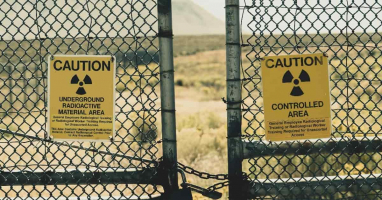
Various countries and organizations are dealing with “plastic trash” in different ways. In Japan, “charging for plastic bags” has been promoted, but honestly, it is unclear how much impact it will have on the amount of plastic trash. We need to take more fundamental measures.
Conclusion
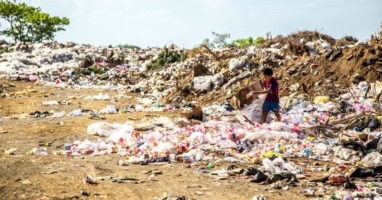
I believe that to tackle plastic trash, it’s important to recognize that “we need to give up some convenience.” It would be almost impossible to reduce plastic trash without giving up some of the convenience we have now. We’re being asked whether we can face this problem with the “pain” of “giving up some convenience.”
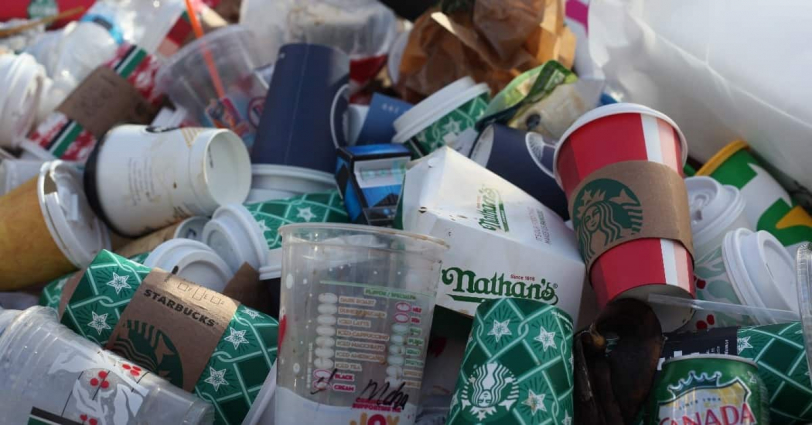
“Convenience” and “affordability” are strong motivators for people, and profit-seeking companies tend to focus on them. In that case, “plastic” becomes a very attractive option. On the other hand, it’s becoming increasingly recognized that “environmentally unfriendly companies won’t be chosen by consumers.”

If big companies change, society changes too, but for them to change, we need to tolerate some inconvenience. I felt that if more people could think that way by facing reality, it would be great.

Published Kindle books(Free on Kindle Unlimited)
“The genius Einstein: An easy-to-understand book about interesting science advances that is not too simple based on his life and discoveries: Theory of Relativity, Cosmology and Quantum Theory”
“Why is “lack of imagination” called “communication skills”?: Japanese-specific”negative” communication”

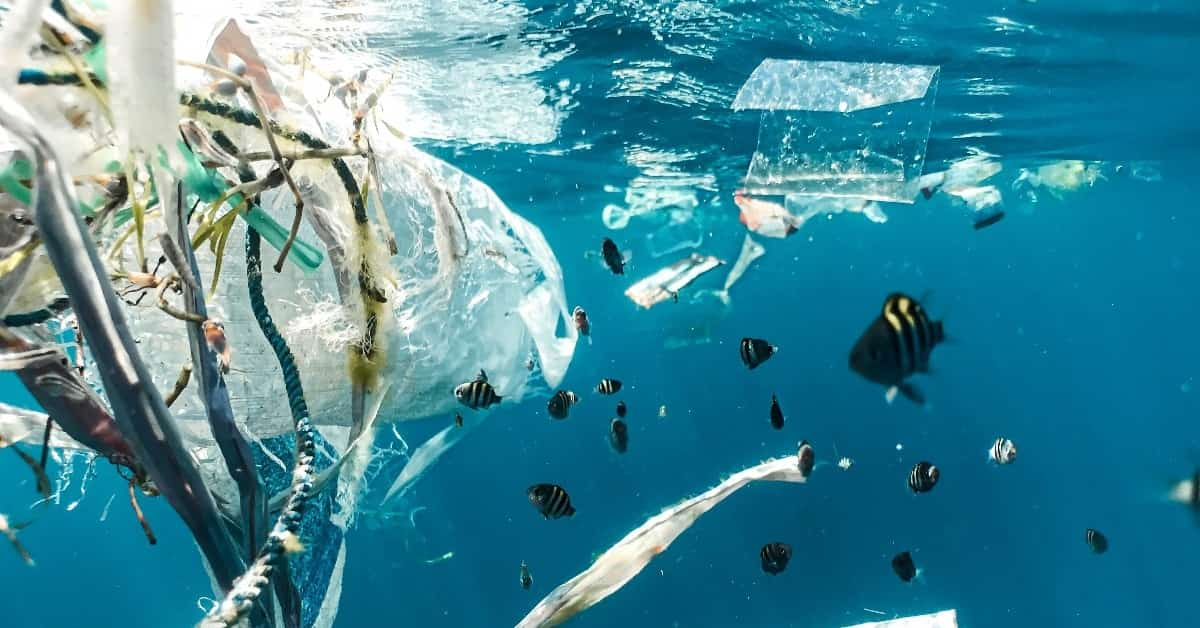





コメント